October 2010
Winzerhof Stahl, Müller-Thurgau Hasennest "Damaszenerstahl", 2009
Reviewed in our Müller-Thurgau report:

This single-vineyard Müller Thurgau from Stahl's nicely named Hasennest ("hare's nest") vineyard smells of hay, dried herbs, apples and what I always think of as chalk. Yeast and carbonic acid still dominate the palate a bit too much at this point, but behind that white vegetables (celery root, cabbage turnip, radish), beeswax and herbs are lurking - and stay for the finish, which is quite long.
What the **** is Müller-Thurgau? And is it ever any good? A Wine Rambler investigation
We have long found that, much as we give due reverence to king Riesling, the most august sovereign of german wine, those grapes in the second and third rank also deserve respect from time to time. Today, we bring you the one german grapes that has been further from the spotlight than any other, and yet is almost ubiquitous. And it all starts with the stern-faced gentleman below. Intrigued? Not exactly? Read on anyway, for a story of mishap and unexpected success, a mystery solved, some wines tasted, and a human bumblebee.
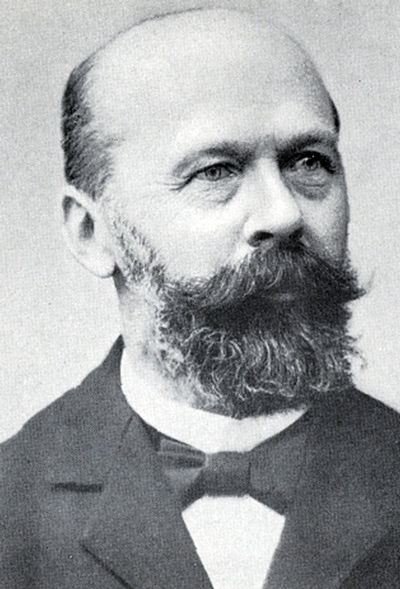
Zehnthof Luckert, Sulzfelder Cyriakusberg Müller-Thurgau trocken 2008
Reviewed in our Müller-Thurgau report, and updated accordingly:
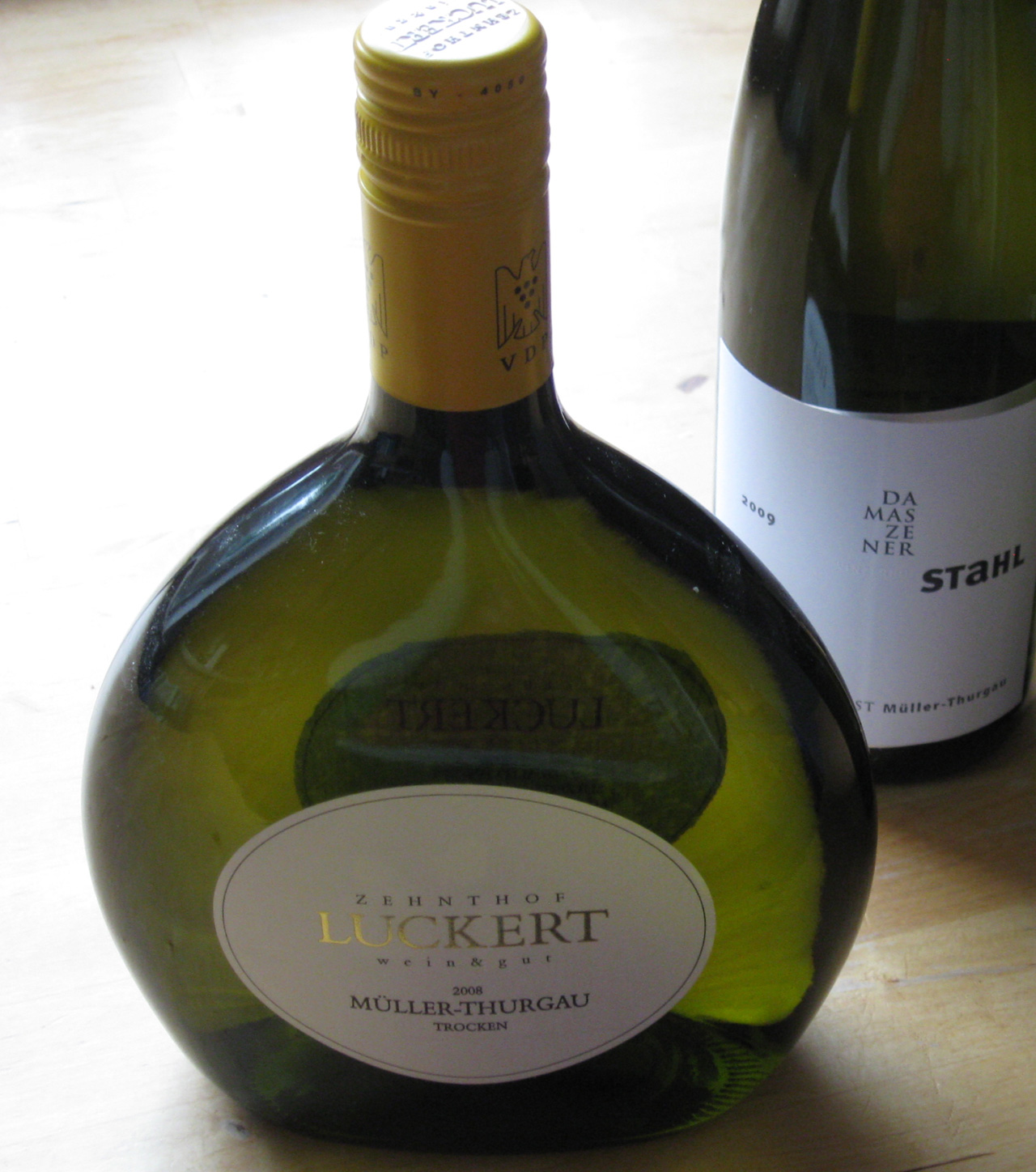
Light straw colour
Smells like ripe apples, sliced raw Kohlrabi (cabbage turnip?) and maybe a little freshly cut grass. In the mouth, mild acidity, again ripe apple fruit and an earthy, limestony kind of minerality.
Quite an achievement for Luckert to get such power and relative depth out of a grape variety otherwise known for high yields and little character. It could easily pass for a dry Silvaner Spätlese, both in taste and in substance.
If you
a) have had a Silvaner from Franken before and liked it,
Winzerhof Burrlein, Mainstockheimer Hofstück, Müller-Thurgau trocken, 2009
Reviewed in our Müller-Thurgau report:
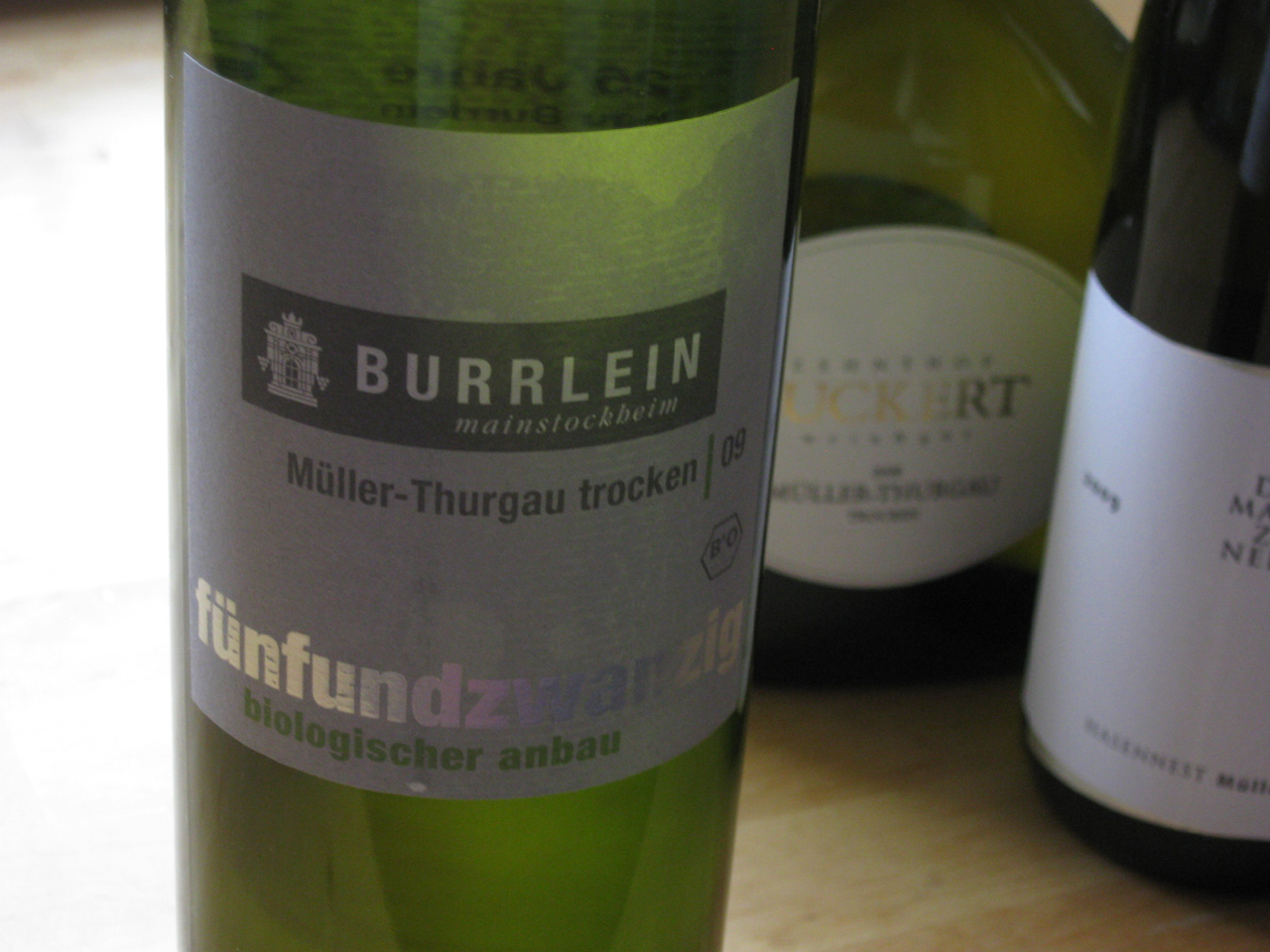
Straw-coloured, this smells sweetly, and even somewhat exuberantly, of sweet apples and peaches, with some canned fruit salad and the faintest touch of Ingwer. Not a miracle of mineral depth, but so far, we're having fun.
The same kind of in-your-face fruit reappears on the palate, and now there is even a hint of minerality. But still, there is more fruit than there is structure, with a finish that is herbally sweet, but also a little watery.
Reinhold Haart, Piesporter Spätlese, Riesling, 2003
New York City is hipster territory - or at least that is the message it is trying very hard to project during my current visit. Interestingly, most things German do seem to be considered hip, especially German beer culture. The Lower East Side for instance welcomed me with German brass music, schnitzel and beer served by busty wenches dressed in pseudo Bavarian outfits. German Riesling, it turns out, is also very popular among the cool wine kids here, so it was quite fitting I brought one over to share with my host: a late harvest Riesling made by one of my favourite producers at the Mosel, Theo Haart. Usually, I would have opted for a Haart Riesling from one of the famous vineyards such as Piesporter Goldtröpfchen, but a few years ago I came across this late harvest from several vineyards around Piesport, which to me seemed almost more interesting than some of the wines from the top sites. Did it hold up as well as Haart's premier wines though, I wondered, or were we in for a disappointment?

Markus Molitor, Graacher Himmelreich, Spätburgunder trocken, unfiltriert, 2001
When you speak about the Mosel valley in a wine context, chances are that Riesling will be the topic. On occasion though I feel the need to raise my hand and confuse both class and teacher by saying: 'and what about Pinot Noir?' Yes, you have heard correctly, for me the Mosel can also be Spätburgunder (the German name of the variety) territory, at least as far as Markus Molitor is concerned. It must have been around early 2007 when I bought my first Spätburgunder from Molitor, and I have been a fan ever since. A few days ago the time had come to open the last of the 2001 and find out how well it had stood the test of time.

It was in the late eighties that Molitor planted Pinot Noir in some if his vineyards, including the ones near Graach, an area where even today Riesling is grown pretty much exclusively.
Willi Opitz, Pinot Noir, Beerenauslese, 2005
Dessert wine. Think Riesling so thick with sugar that you could grease your bicycle with it. Think Sauternes with even more sugar than the Riesling and twice the level of alcohol. Think Château d'Yquem. Think Austrian red wine. Ah, wait, did he just say 'Austrian red wine'? Yes he did, and he wrote that in a perfectly sober state. So let me start with saying that that there is Austrian red wine (in case you did not know) and that it can be outright fantastic. Most of it is dry, so I got very excited when I saw this sweet, half bottle beauty on the shelves at Harrods. So what is a sweet Austrian red wine like?

'You can't make red wine on Long Island' - Shinn Estate Vineyards, making local wine in a global world
'How much alcohol do you think this one has?' With a cheeky smile David hides the label from us, just having poured an intensely coloured red wine. We swirl. We sniff. We taste. Towards 14%, we guess. David turns the bottle around and triumphantly declares '15.4%. But it does not feel that heavy, because of the acidity.' He reconsiders. 'You will still feel it the next morning though.' While I take a second sip of the lovely Cabernet, I look back over a line of open bottles. Just a few minutes earlier David Page had mentioned that he had once been told: 'You can't make red wine on Long Island.' I swirl another wine around the glass, smell the blackberry and earthy aromas of 87% Merlot, 10% Petit Verdot and 3% Malbec, and I do not even need to look up to see David smile, and to know he has reason to. For the wines he makes together with his wife Barbara Shinn are proof that you can - make red wine on Long Island.  And that is not the only thing we discovered during our visit to Shinn Estate Vineyards, a visit that turned into a study on local winemaking in a global world. And a bit with a dog...
And that is not the only thing we discovered during our visit to Shinn Estate Vineyards, a visit that turned into a study on local winemaking in a global world. And a bit with a dog...
Weingut Ziereisen, Spätburgunder 'Tschuppen', 2007
Ziereisen time here at the Wine Rambler, and with that, a kind of follow-up on the theme of food friendly wines raised by the Wine Rambler's very recent report on Long Island wine growing. While Hanspeter Ziereisen's reputation was largely made by the massive and impressive 03 and 04 vintages, it is not as well known that he has since changed his style completely. Bored by what he came to see as the overconcentration and vacuousness of the "big red"- style he was then aiming for, he decided he would henceforth make the Pinot that he himself likes: Lithe, drinkable, and yes: food friendly. Avantgarde burgundian. In fact, judging by the wine under review, it's not much of an exaggeration to call Ziereisen a one-man french revolution in german Pinot.

Ökonomierat Rebholz, Sauvignon Blanc, trocken, 2009
'A bit quirky', that was the comment I got from Twitter when I recently mentioned German Sauvignon Blanc. Chances are, you will not have had one (unless you are German, perhaps); you may not even have heard that there is such an animal. Well, there is, albeit not very much, which makes those wines a little hard to find outside of Germany. That should not stop you though as they can be worth the trouble - if they are as good as this baby coming from the very German sounding winery Ökonomierat Rebholz.
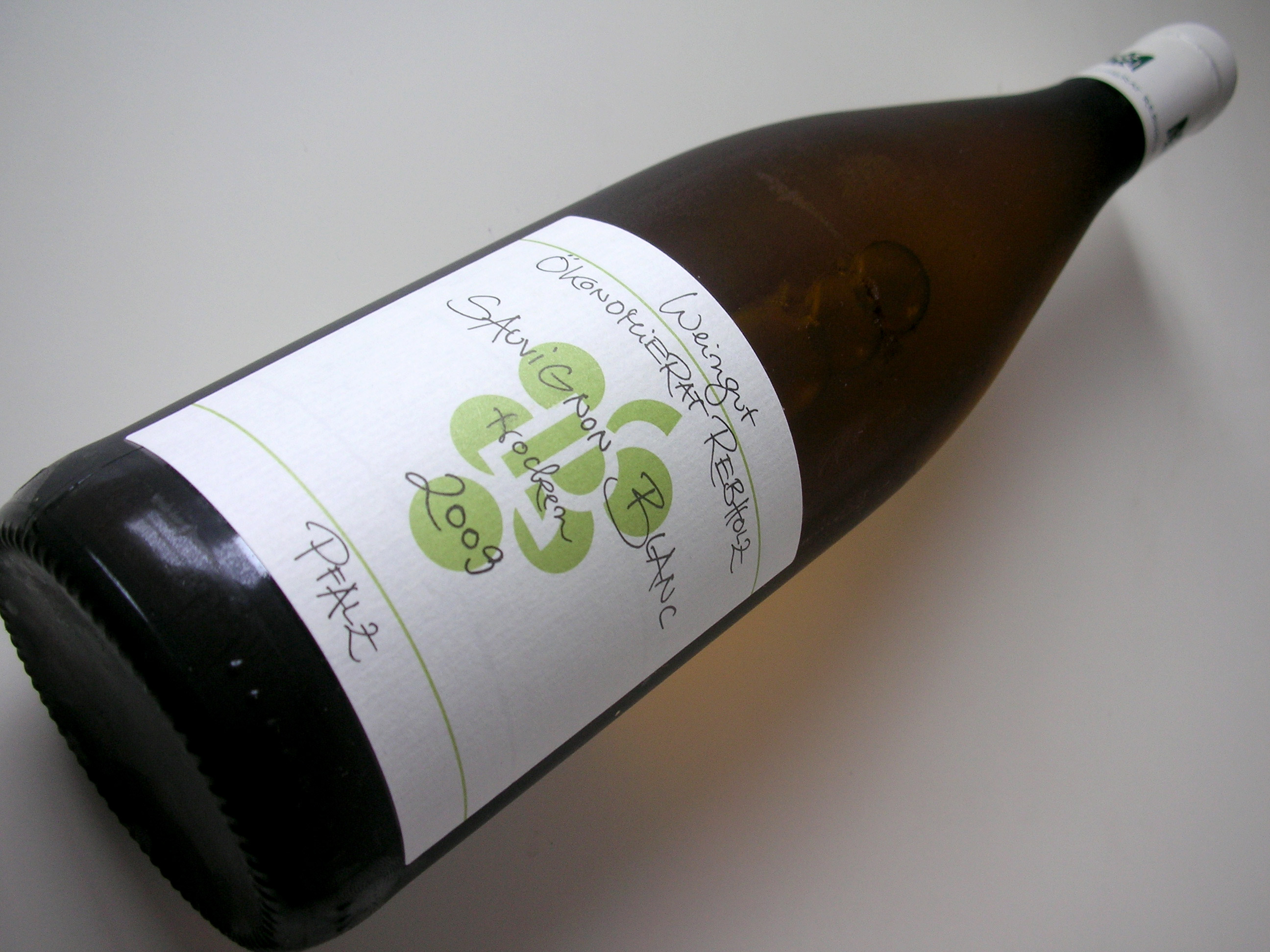
Kung Fu Girl Riesling 2009
If you come across a wine called 'Kung Fu Girl Riesling' you can be pretty certain it is a new world wine. I first heard of it on Twitter, where every other day a random American hipster would tweet about how much they liked it. The more radical souls seem to take the Kung Fu aspect literal and share kick ass opinions such as 'Yes, bitch, I like Kung Fu girl riesling. No I don't buy it as a joke. Go fuck yourself sideways you pretentious c-word.' Clearly, a wine that attracts interest, I thought, and made a mental note to get my hands on a bottle. So, when I recently found a bottle of Kung Fu Girl in a New York wine shop for fifteen bucks, I had no choice but to go for it. Is it really as kick ass as Twitter and the label make you want to believe?
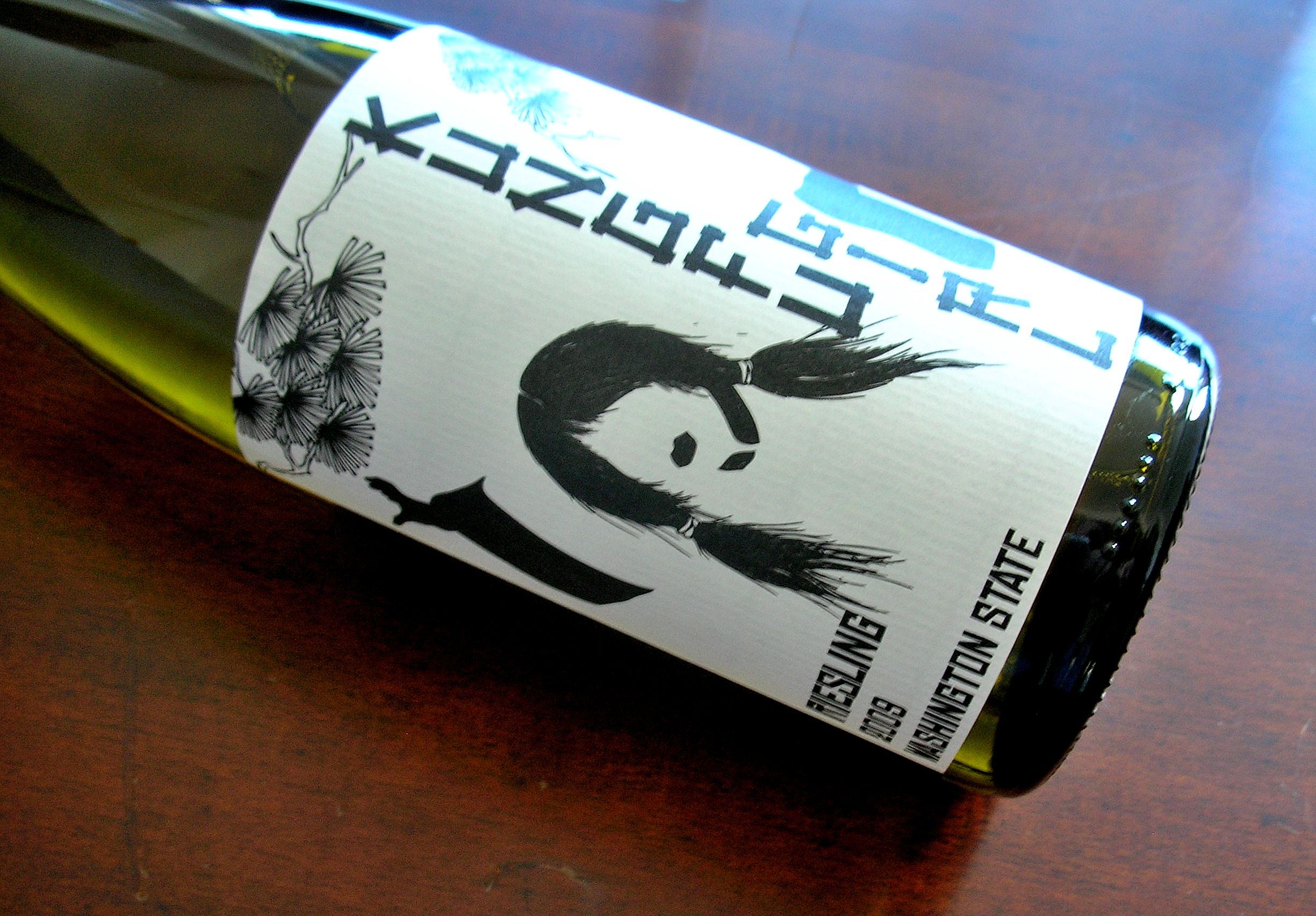
Let's start with a few words about the winemaker. Charles Smith is a bit of a rock star among the wine crowd, and that is not only because he used to managed rock bands before going into the wine business.
New York City wine merchants, part 2: Soho Wines, ABC Wine Company, September Wines, Smith & Vine
See me walking down Fifth Avenue, a walking cane here at my side. I take it everywhere I walk, I'm an Englishman in New York. - Well, almost. Even though I like to think that four years in London give me some English credentials, I have never owned a walking cane. Nor a bowler hat for that matter. The part about Fifth Avenue is true though, as a couple of weeks ago the Wine Rambler went on the road again for another New York adventure. It included a visit to a biodynamic winery on Long Island, and there also had to be a follow-up from last year's random tour of NYC wine merchants. I wish I could take you with me, all the way to New York City. So come with me, gentle reader, for another voyage of exploration. Ooh, and when you wake up in the mornin' with your head on fire and your eyes too bloody to see, go on and cry in your coffee but don't come bitchin' to me! (And if you can identify all music references in this text without the help of the internet please do visit me in London for a hangover-free Riesling.) 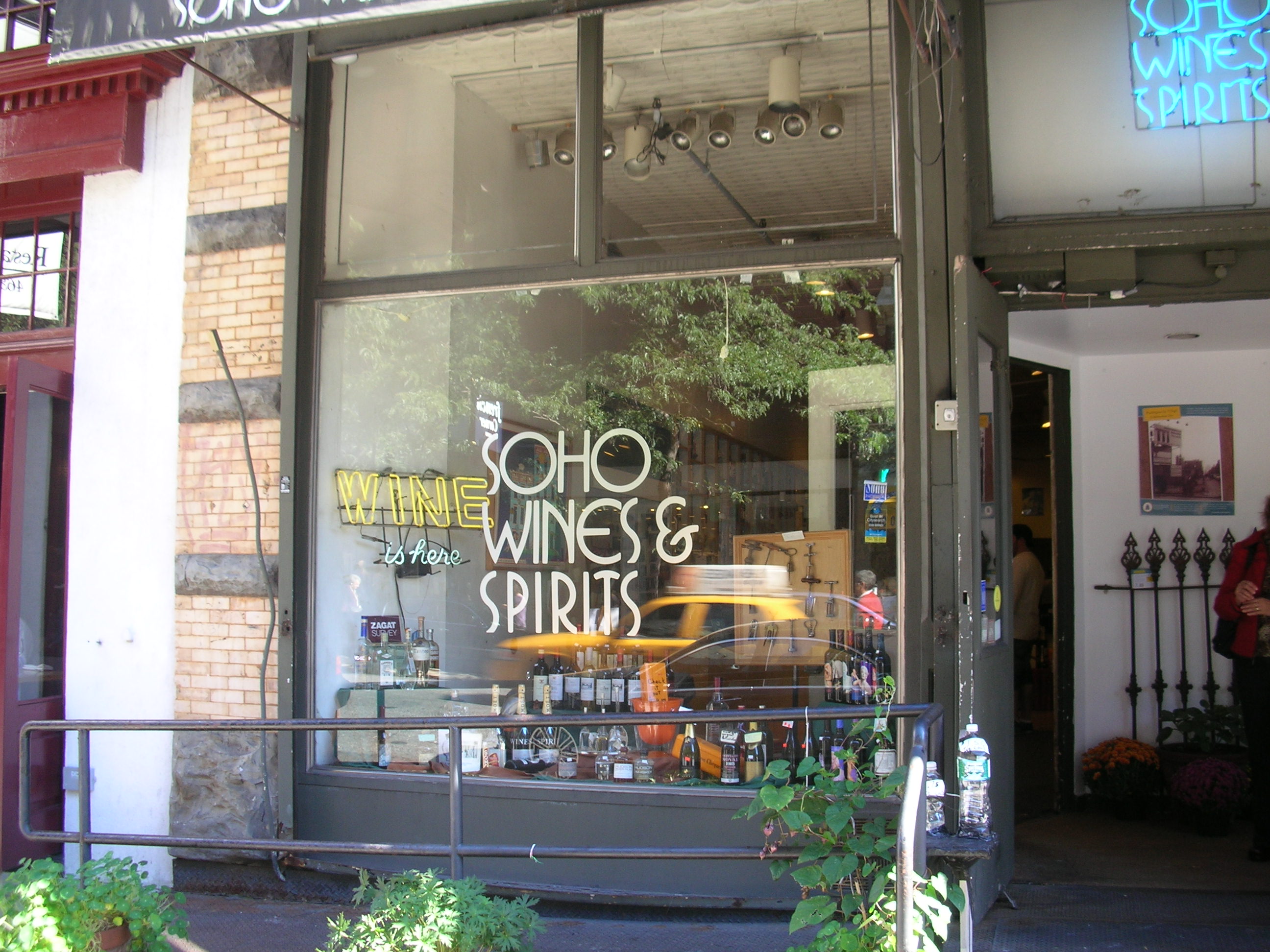
Marquis d'Angerville, Volnay Premier Cru Taillepieds, 2001
At the beginning of this new year, we resolved that we would try, seriously try, to understand Burgundy. We've just about let you down so far, so let's get into it without any further ado: Let's get into this bottle of Marquis d'Angerville, to be precise. One of the great names of burgundy, a second-rank vineyard (first rank would be "Grand Cru"), a vintage that should now have reached good drinking age. Should be a safe bet.
Knipser, Sauvignon Gris, 2007
Never heard of Sauvignon Gris? If not, don't be ashamed, it is hardly a well known variety and I have to admit that I was only dimly aware of its existence until I saw this wine in the Knipser portfolio. The Knipser winery is one of Germany's best, so I was very curious to see what they would make of this unknown variety. Knipsers are big believers in maturing wines properly before releasing them to the market, often using barrique barrels, and this beauty only went on sale two years after the harvest. So, what is it like?
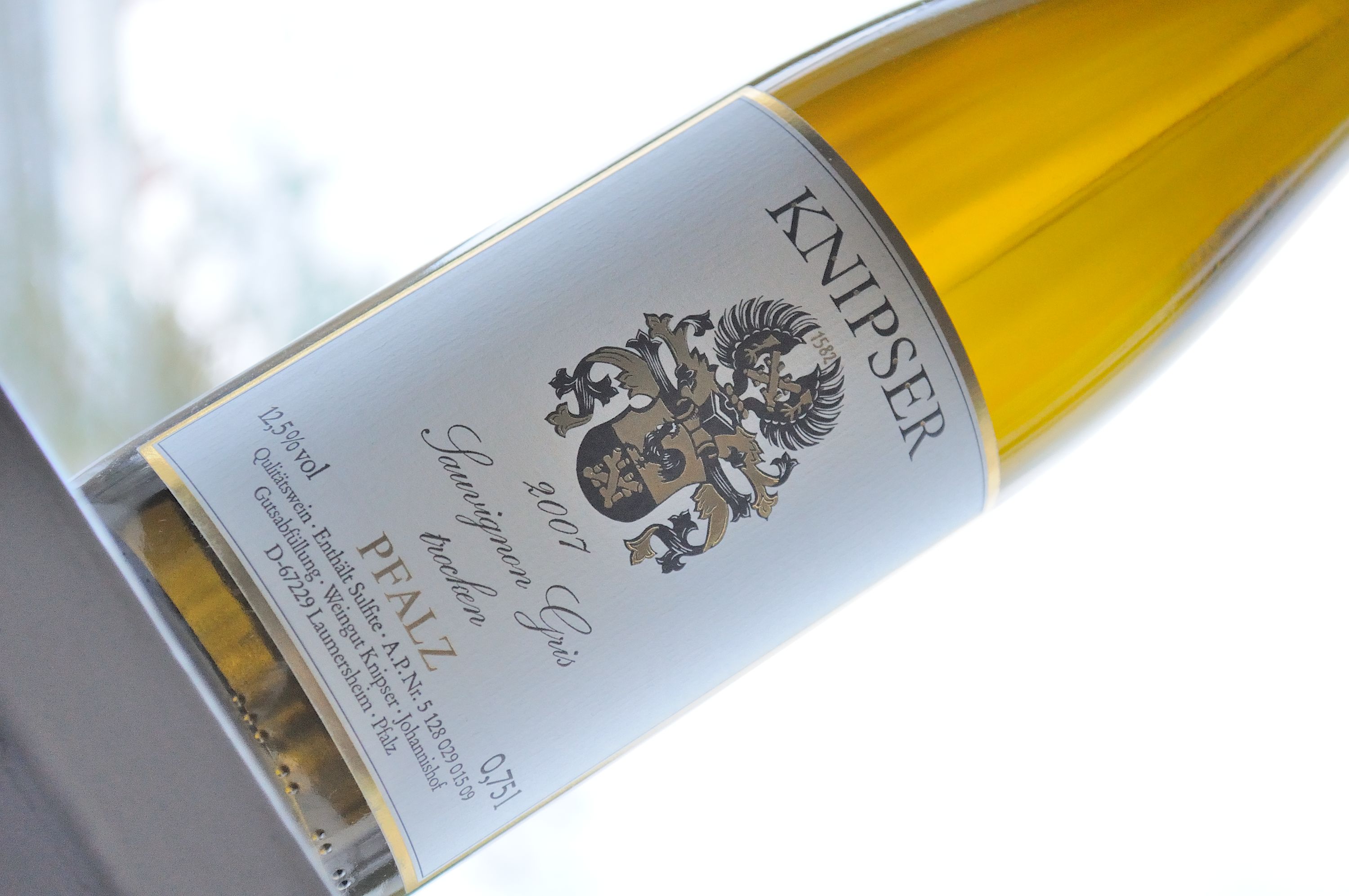
Let's start with a boring, albeit short, lecture on the grape variety.
Kirchmayr, Grüner Veltliner 'Solist', 1994
I love it when a plan comes together. Seriously, I do. Not only because I used to watch way too much A-Team in the late '80s and early '90s, but also because I do love making plans. One of them is to regularly hunt for aged wine (although I do actually prefer the term 'matured wine'), and so far I have not been disappointed with the results. Quite the opposite, in fact, the good ol' boys have been the source of much pleasure. The wine I am reporting about today is no exception, in fact, it is a pure delight. You may have heard of Austria's signature white variety Grüner Veltliner, you may have tasted some, but - like me until very recently - you may not have had the change to see what a really nicely matured Grüner can be like. This baby here is 16 years old, which is the age by which most white wines have passed the zombie stage and hang between decomposition and vinegar. A few, notably Riesling or perhaps Chenin Blanc, make it to or beyond that age. But what about Grüner?
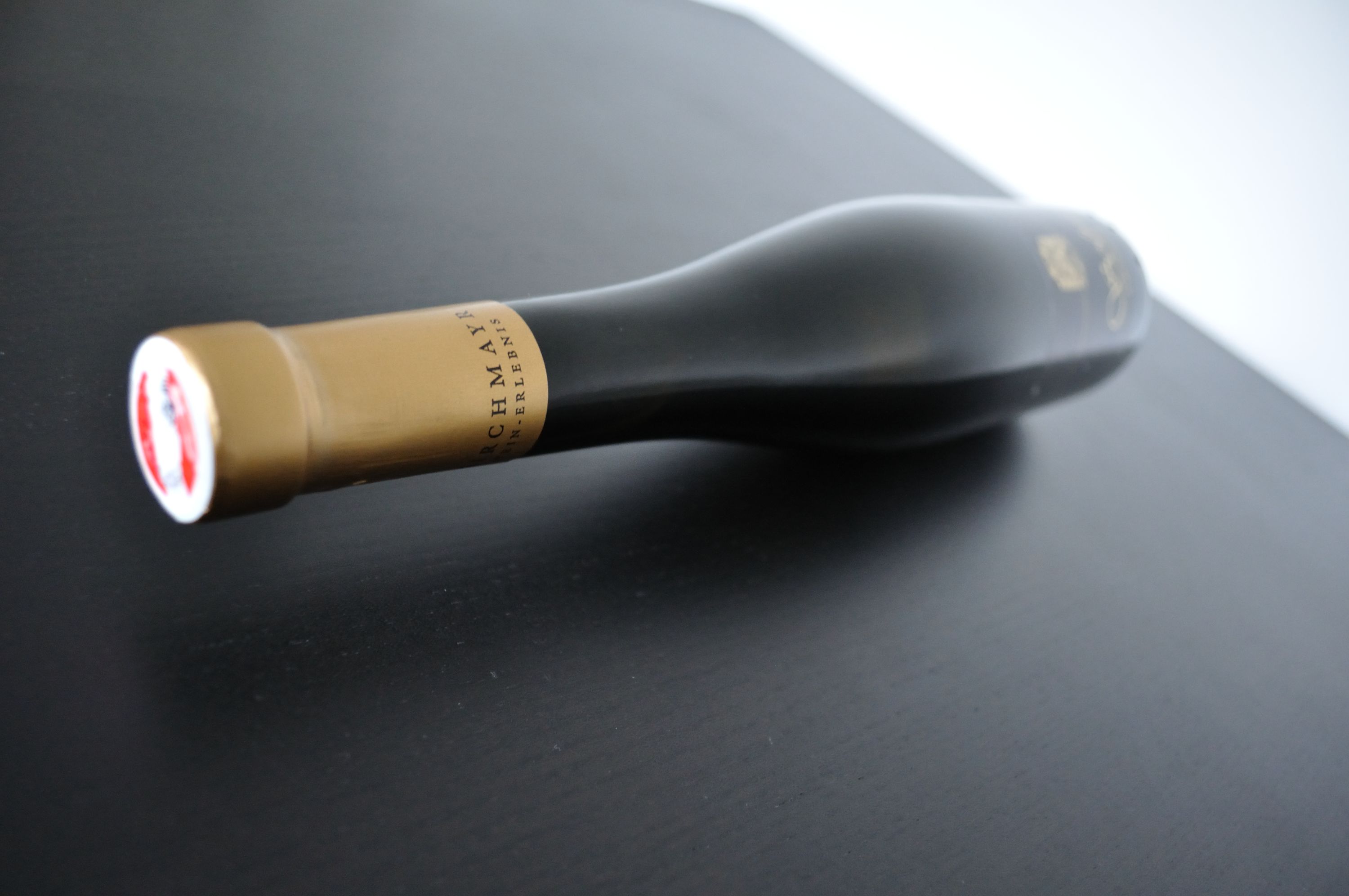
Black Tower, Pinot Grigio, 2008
Over the years, we have tasted a wide sample of German wines (though still so much more to explore!). However, my German wine experience is very different from that of most people here in the UK or across the globe. While we mostly drink wine from smaller, family owned vineyards, the UK especially downs the likes of Liebfraumilch by the gallon. So it was high time to get in touch with my inner mainstream drinker and get one of those iconic Black Tower bottles you can see in most British supermarkets.

Black Tower claims to be Germany's most widely exported wine brand, in fact, it may very well be Germany's best selling wine globally - it certainly is in the UK. Reh-Kendermann, who own Black Tower, spent a lot on the brand, particularly researching the design.

